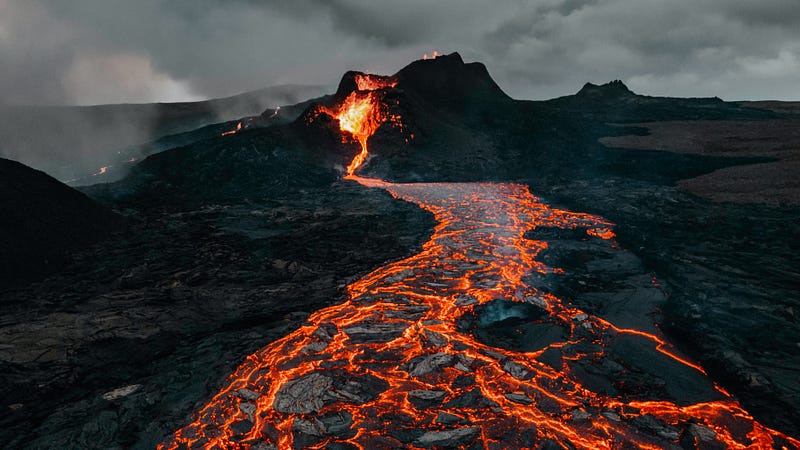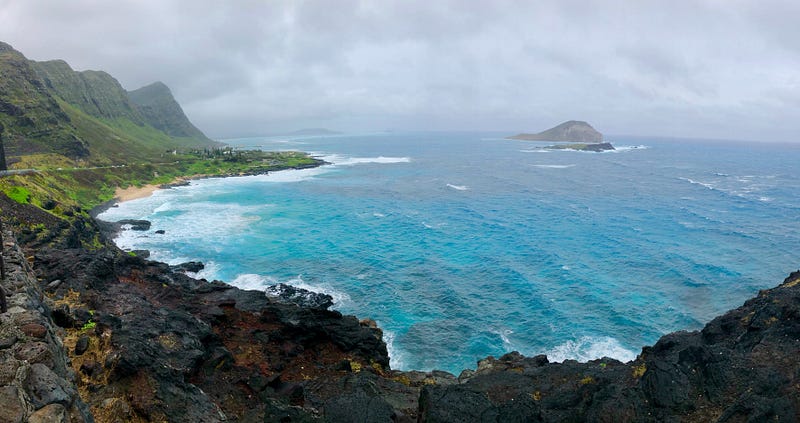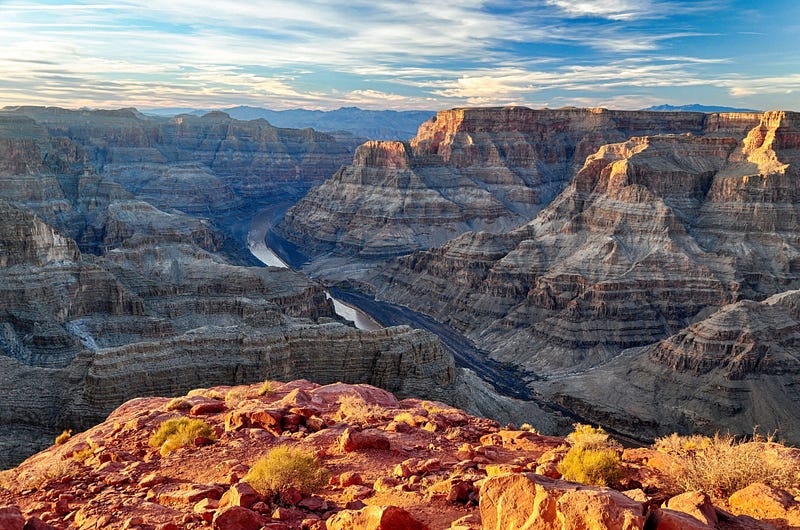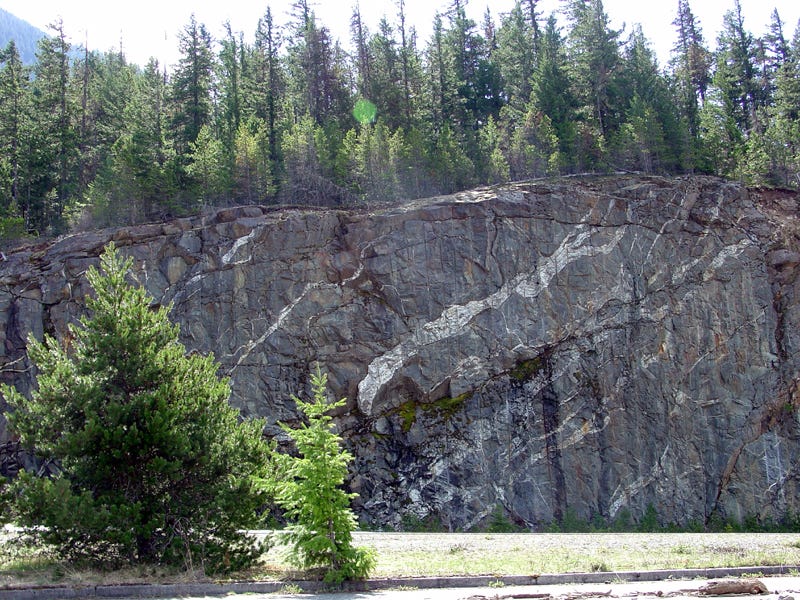Understanding the Rock Cycle: A Journey Through Earth's Layers
Written on
Chapter 1: Introduction to the Rock Cycle
Rocks, whether admired for their beauty or considered mundane, play a crucial role in our planet's ecosystem. They not only form the foundation we walk on but are also integral to everyday items like buildings, vehicles, roads, and technology. Beyond serving human purposes, rocks and minerals contribute vital nutrients to soil, which supports plant life.

A recent volcanic eruption in Iceland. Credit: Tetiana Grypachevska on Unsplash.
The rock cycle is a fundamental process that leads to the formation of all types of rocks, categorized into three primary groups: igneous, sedimentary, and metamorphic. Each category is formed at distinct stages of the cycle.
Section 1.1: Igneous Rocks
All rocks originate as molten magma found in the Earth's upper mantle and lower crust. Due to its lower density, magma tends to ascend over time. As it rises, it may cool beneath the surface, resulting in a type of rock known as intrusive igneous rock.

Makapu’u Point on the Hawaiian island of Oahu. The islands of Hawaii primarily consist of igneous rock formed by volcanic activity. Credit: Karson on Unsplash.
When magma reaches the Earth's surface, it erupts through volcanoes as lava. Contrary to popular belief, many volcanic eruptions are not explosive but rather involve slow lava flows that cool near the volcano. As this lava solidifies, it becomes extrusive igneous rock. Both intrusive and extrusive igneous rocks are significant components of the Earth's crust, with examples including basalt, pumice, obsidian, granite, and diorite.
Section 1.2: Sedimentary Rocks
Igneous rocks on the surface do not remain unchanged; they undergo weathering due to environmental factors. Weathering can be mechanical (like rain and wind), chemical (altering the rock's molecular structure), or biological (involving tree roots or microorganisms).

The Grand Canyon in Arizona is a notable example of sedimentary rock, showcasing visible layers due to erosion from the Colorado River. Credit: Omer Nezih Gerek on Unsplash.
As rocks weather, they break down into sediments, which are often transported by water and settle in areas like oceans or riverbeds. Over time, these sediments compact and undergo lithification, transforming into sedimentary rock. Common examples include sandstone, limestone, rock salt, shale, and chalk, often visible in canyon formations.
Chapter 2: Metamorphic Rocks
With increasing layers of sediment, existing sedimentary rocks can be pushed deeper into the Earth's crust, subjected to higher pressure and temperature. These conditions cause the rock to soften and recrystallize without completely melting, resulting in metamorphic rock.

Metamorphic rock exposed during construction at the Diablo Lake Overlook in Rockport, Washington. Credit: U.S. Geological Survey.
An intriguing aspect of metamorphic rock is that any rock type can undergo metamorphism, whether it originated as sedimentary, igneous, or another metamorphic rock. Examples of metamorphic rock include marble, slate, and quartzite. Once metamorphic, these rocks can also melt back into magma under extreme conditions, restarting the rock cycle and continuously renewing the Earth's surface over millennia.
The first video titled "The Rock Cycle" offers an engaging overview of the rock cycle's processes and significance.
The second video, "The Rock Cycle | Sedimentary, Metamorphic, Igneous | Learning Made Fun," provides an educational exploration of the various rock types and their transformations.